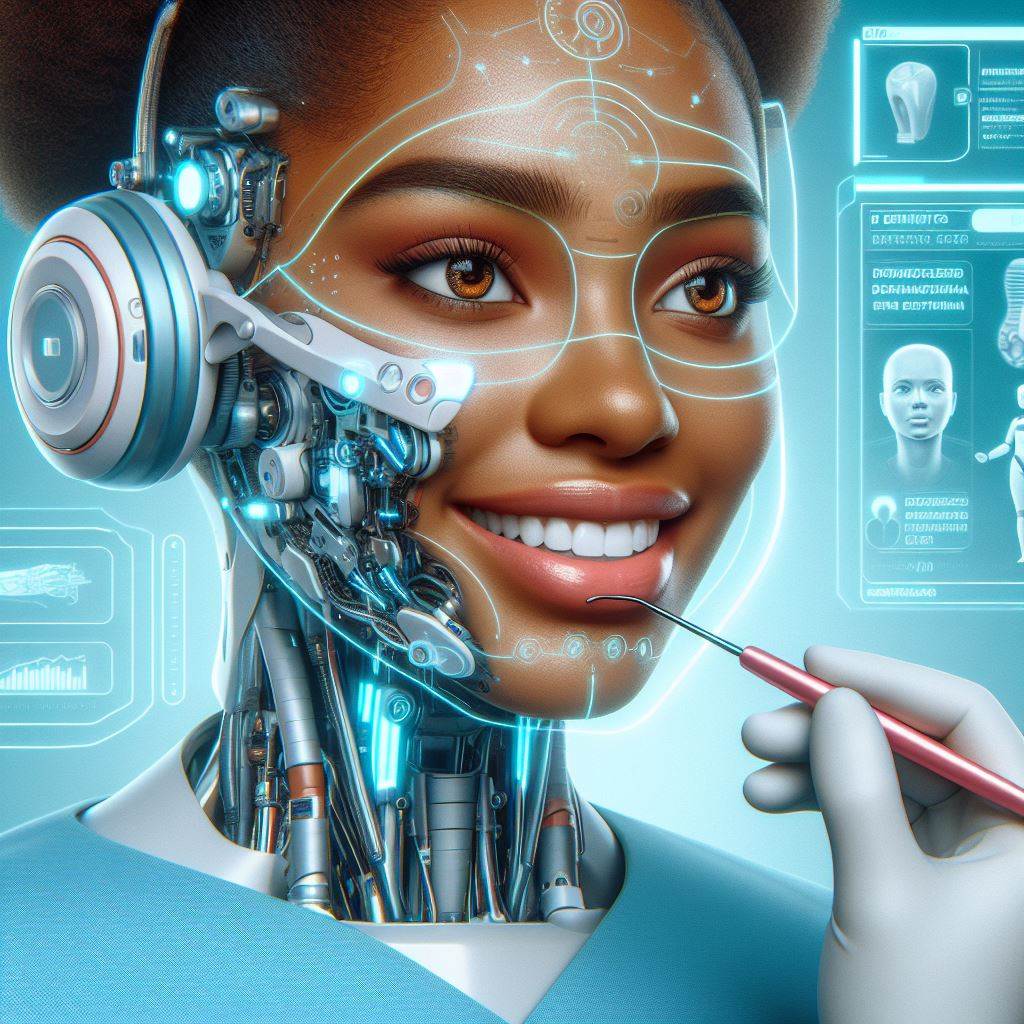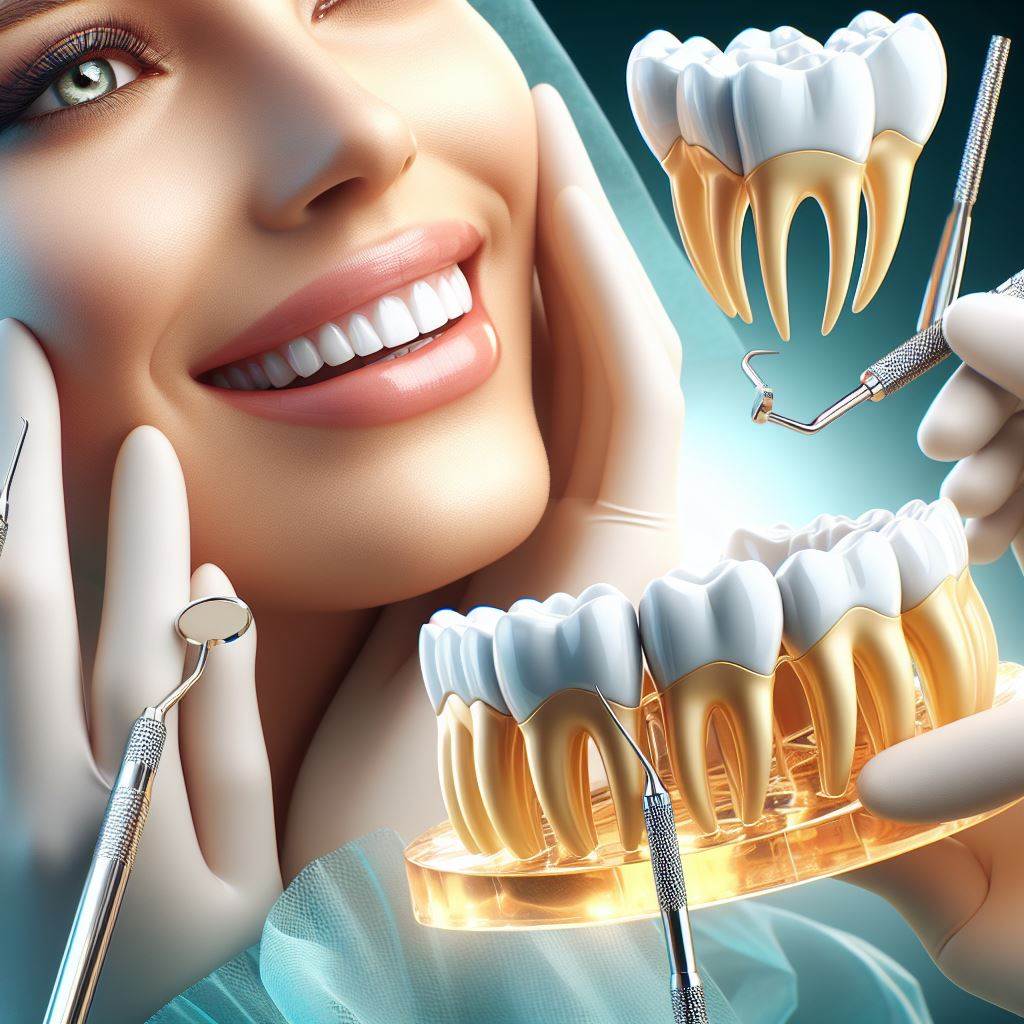The field of dentistry is on the brink of a revolutionary transformation as we enter the year 2024, marking the inception of a new era – Ground Zero for dental robotics. Rapid advancements in technology, artificial intelligence, and robotics have converged to create a synergy that promises to redefine the way oral healthcare is delivered. In this article, we delve into the groundbreaking developments shaping the future of dentistry, exploring how robotics is set to become a cornerstone for precision and efficiency in dental practices worldwide.
Automated Diagnostics and Treatment Planning:
One of the key areas where dental robotics is making a significant impact is in the realm of diagnostics and treatment planning. Robotics equipped with advanced imaging technologies can perform highly accurate and detailed diagnostics, identifying dental issues with unprecedented precision. These robots analyze 3D scans, X-rays, and other imaging data to create a comprehensive overview of a patient’s oral health, aiding dentists in formulating personalized treatment plans.
Robotics in Surgical Procedures:
Robotic systems are increasingly being integrated into surgical procedures, offering a level of precision that surpasses human capabilities. In dental surgeries, robots can perform tasks such as implant placement, gum surgeries, and tooth extractions with unparalleled accuracy. When it comes to injectables delivered by a cosmetic dentist the possibilities are expanding rapidly. This not only minimizes the margin of error but also enhances the overall safety and success rates of these procedures. Dentists working alongside robotic systems are empowered to provide minimally invasive treatments, leading to faster recovery times and improved patient outcomes.
AI-Enhanced Prosthetics and Restorations:
The integration of artificial intelligence (AI) with robotics has led to remarkable advancements in the field of dental prosthetics and restorations. AI algorithms can analyze patient data and determine the optimal design and specifications for dental prosthetics, such as crowns and bridges. Robotic systems, working in tandem with these algorithms, can then craft these restorations with incredible precision, ensuring a seamless fit and natural appearance. This not only streamlines the fabrication process but also results in higher quality and longer-lasting dental prosthetics.
Tele-robotics for Remote Consultations:
The global landscape of healthcare is evolving, and the integration of tele-robotics is playing a pivotal role in expanding access to dental care. Dentists can remotely control robotic systems to conduct consultations and examinations, providing expert advice to patients located in remote or underserved areas. This technology is especially valuable in emergencies, allowing dental professionals to assess and address urgent oral health issues without the need for physical presence. Tele-robotics is breaking down geographical barriers, bringing oral healthcare to populations that were previously underserved.
Enhanced Training and Skill Development:
The advent of dental robotics has also transformed the landscape of education and skill development within the dental profession. Training programs now incorporate hands-on experience with robotic systems, allowing dental students to familiarize themselves with the latest technologies. In our lifetime we probably won’t see full size human-like robots providing all dental services. This ensures that future dentists are well-equipped to leverage the benefits of robotics in their practice, fostering a new generation of professionals who can seamlessly integrate these tools into routine dental procedures.
Dental Robotics in 2024: Pioneering a New Era of Precision and Efficiency
As we stand at Ground Zero for dental robotics in 2024, the amalgamation of technology and dentistry promises to elevate patient care to unprecedented levels. The precision, efficiency, and accessibility offered by robotic systems are reshaping the way oral healthcare is delivered, heralding a new era for the dental profession. With automated diagnostics, robotic surgical procedures, AI-enhanced prosthetics, tele-robotics, and enhanced training, the future of dentistry is undeniably intertwined with the capabilities of robotics. As these innovations continue to evolve, we can anticipate a transformative journey towards a dental landscape where technology and human expertise harmoniously converge for the benefit of patients worldwide.



